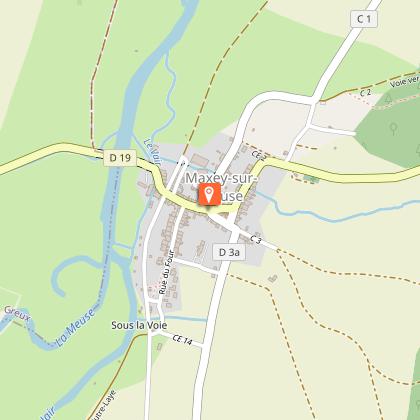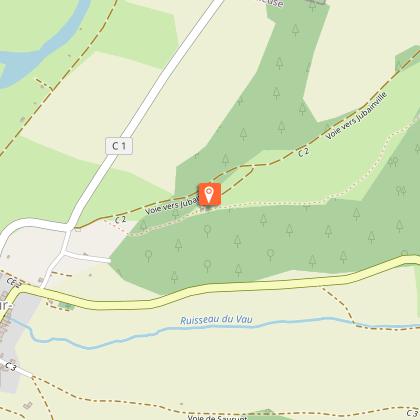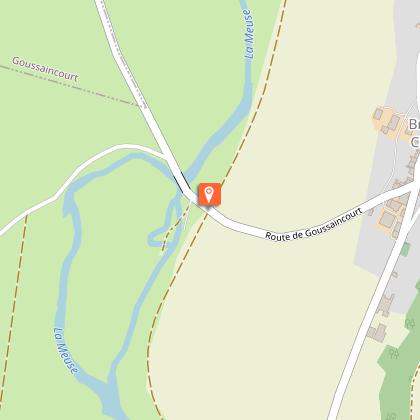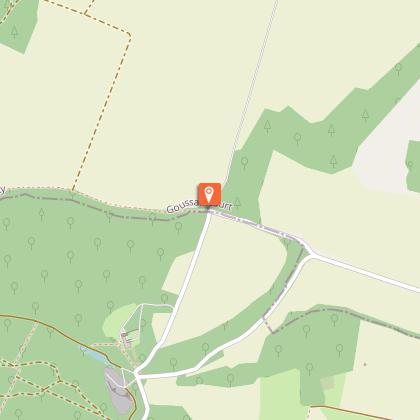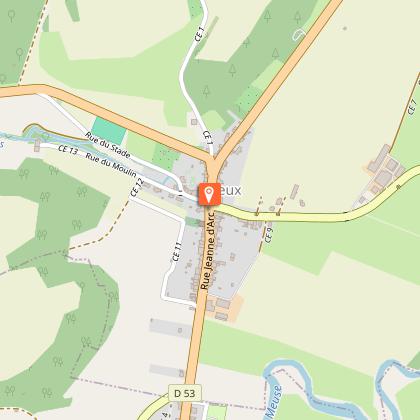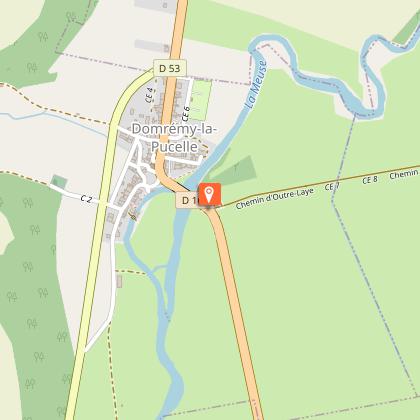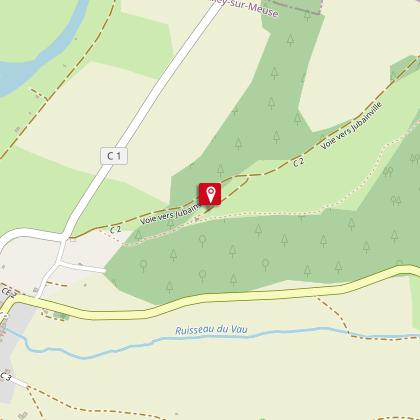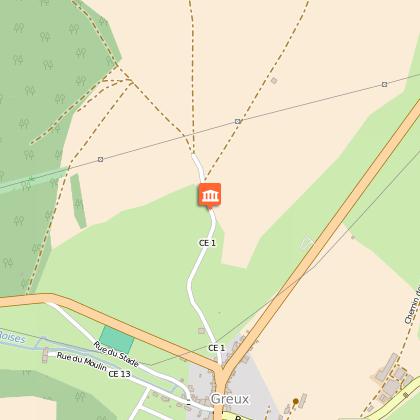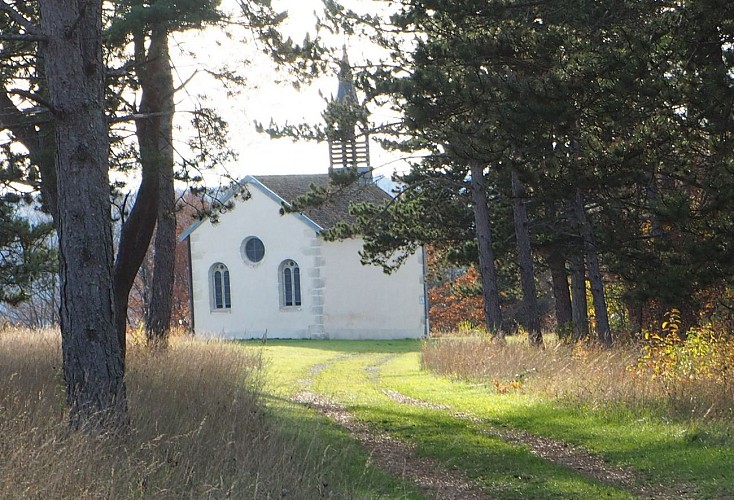Alert
Alerts
Type of practice
Walking
Very easy
4h10mn
Presentation
Description
Map
Steps
Points of interest
Ratings and reviews
See around
CIRCUIT DU PAYS DE JEANNE D'ARC




Credit : ©OTOV
IGN cards

3216SB - GONDRECOURT-LE-CHÂTEAU DOMRÉMY-LA-PUCELLE
Editor : IGN
Collection : TOP 25 ET SÉRIE BLEUE
Scale : 1:25 000
13.90€
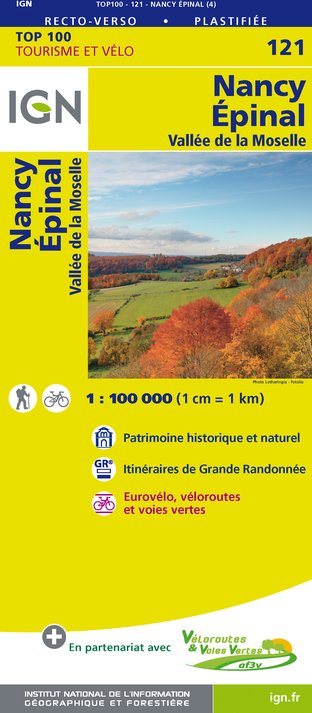
121 NANCY ÉPINAL VALLÉE DE LA MOSELLE
Editor : IGN
Collection : TOP 100
Scale : 1:100 000
8.40€
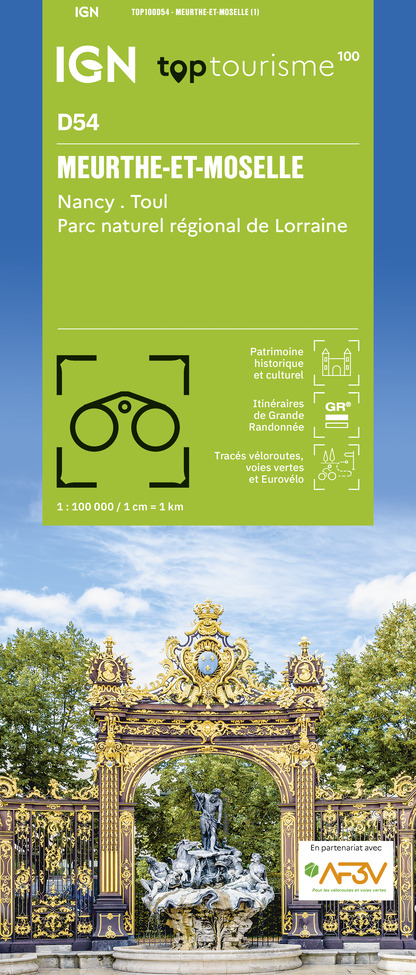
TOP100D54 - MEURTHE-ET-MOSELLE NANCY TOUL PARC RÉGIONAL DE LORRAINE
Editor : IGN
Collection : TOP 100
Scale : 1:100 000
8.40€
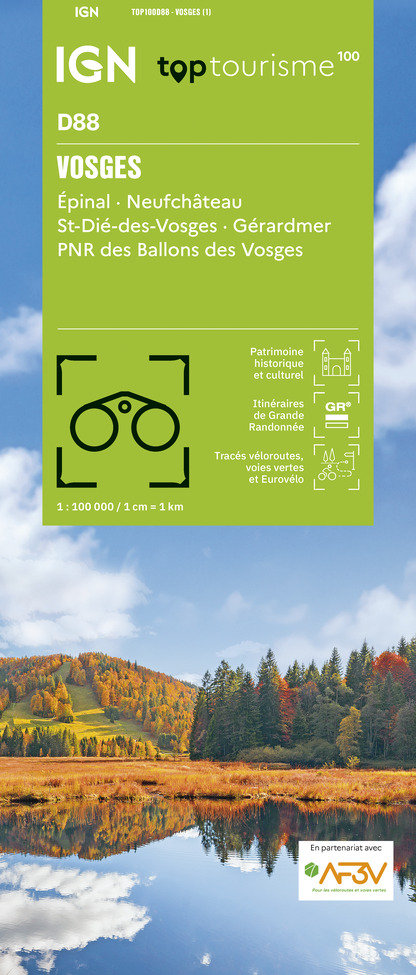
TOP100D88 - VOSGES ÉPINAL NEUFCHÂTEAU ST-DIÉ-DES-VOSGES GÉRARDMER PNR DES BALLONS DES VOSGES
Editor : IGN
Collection : TOP 100
Scale : 1:100 000
8.40€

D70-88-90 HAUTE-SAÔNE VOSGES TERRITOIRE DE BELFORT
Editor : IGN
Collection : CARTES DÉPARTEMENTALES IGN
Scale : 1:150 000
5.90€

D54-57 MEURTHE-ET-MOSELLE MOSELLE
Editor : IGN
Collection : CARTES DÉPARTEMENTALES IGN
Scale : 1:150 000
5.90€

D10-52 AUBE HAUTE-MARNE
Editor : IGN
Collection : CARTES DÉPARTEMENTALES IGN
Scale : 1:150 000
5.90€

D51-55 MARNE MEUSE
Editor : IGN
Collection : CARTES DÉPARTEMENTALES IGN
Scale : 1:150 000
5.90€

ALLEMAGNE
Editor : IGN
Collection : DÉCOUVERTE DES PAYS DU MONDE IGN
Scale : 1:800 000
7.00€

EUROPE
Editor : IGN
Collection : DÉCOUVERTE DES PAYS DU MONDE IGN
Scale : 1:2 500 000
7.00€
Description
This trail will take you in the footsteps of Joan of Arc. From her birthplace to her favourite places, you wll discover the historical places of the childhood of the Maiden.
There are also sensitive natural areas. A nice walk not to be missed !
Technical Information
Walking
Difficulty
Very easy
Duration
4h10mn
Dist.
14 km
Type of practice
Walking
Very easy
4h10mn
Show more
Altimetric profile
Starting point
2
23 Gr Grande Rue
,
88630
MAXEY SUR MEUSE
Lat : 48.451021376278Lng : 5.697640549402
Steps
Points of interest
Additional information
Producteur de la donnée
Ces informations sont issues de la plateforme SITLOR - Système d’Information Touristique - Lorraine
Elles sont synchronisées dans le cadre du partenariat entre Cirkwi, l’Agence régionale du Tourisme Grand Est et les membres du comité technique de Sitlor.
Contact
Tel : 03 29 06 99 18
Email : mairie-maxeysurmeuse@orange.fr
Data author

proposed by
Office de Tourisme de l'Ouest des Vosges
Ratings and reviews
To see around
